10 epic Middle Earth locations that really exist in New Zealand

Today marks 80 years since the publication of The Hobbit. The epic novel by J. R. R. Tolkien makes us wistful for Middle Earth's colossal mountain ranges, mythical forests and untamed rivers. Here we highlight the dramatic landscapes that stole the show in The Hobbit and The Lord of the Rings film series, based on the book, and put New Zealand on everyone's travel bucket list.
1. Putangirua Pinnacles Scenic Reserve, Wairarapa
Also known as: Paths of the Dead
The eerie pillars of Putangirua – all that remains of the Aorangi mountain range after seven million years of erosion – were reincarned as the “Path of the Dead” in Return of the King.
Three hiking trails lead to the suitably creepy-looking pinnacles, and there’s a camping site nearby too.
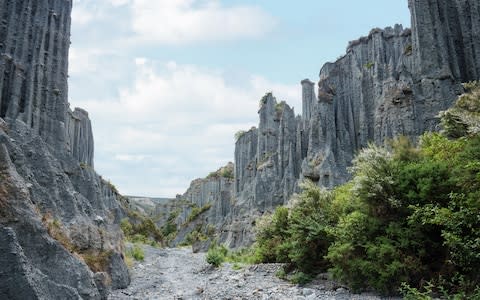
2. Mount Ngauruhoe, Tongariro National Park
Also known as: Mount Doom
Tongariro National Park stole some of the biggest scenes in Lord of the Rings, with Mount Ngauruhoe (digitally altered) standing in for Mount Doom. Filming at the summit was not permitted because the peak is sacred in Maori culture; however, some scenes were filmed on its lower slopes.
The drama can be reimagined on the hiking trails, starting from Tongariro's visitor centre.

3. Matamata, Waikato
Also known as: Hobbiton
“Hobbiton needed to be warm, comfortable and feel lived in,” said film director Peter Jackson of the search for a location for Hobbiton, the home of Frodo and Bilbo. He settled on a farm in Matamata, and built an entire village of Hobbit proportions.
“By letting the weeds grow through the cracks and establishing hedges and little gardens a year before filming, we ended up with an incredibly real place, not just a film set,” he said. In 2011, a more permanent version of the set was created for The Hobbit: An Unexpected Journey – and it has since been transformed into a fun visitor centre, where you can have a drink in the Green Dragon Inn and visit Bag End (Bilbo's house).
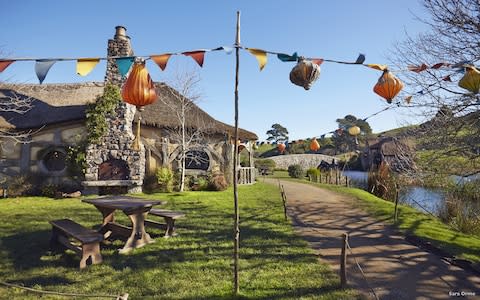
4. Fiordland National Park, Te Anau
Also known as: Fangorn Forest
This beautiful national park doubles as the mythical Fangorn Forest in The Two Towers. The park is a 1.2 million hectare playground of mountains, rainforest, lakes and fjords – a spectacular location for exploring on horseback, pretending you’re Gandalf on his trusty Shadowfax.
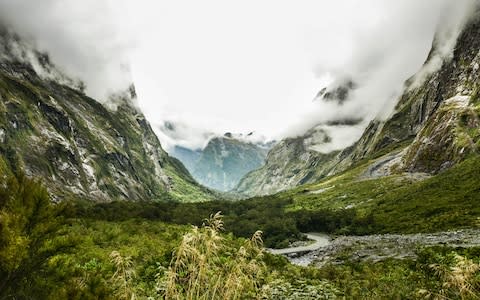
5. Kawarau Gorge, Central Otago
Also known as: Anduin River
When the Fellowship paddled down Anduin River in the first Lord of the Rings film, they were greeted by two towering statues – and although you won’t spot them in real life (they were post-production wizardry), the area’s natural beauty packs a mighty punch.

6. Mount Sunday, Canterbury
Also known as: Edoras
This sheer-sided hill in the middle of a plain in the Rangitata River valley became Edoras, the main city of the Rohan people, in Jackson's Lord of the Rings trilogy.
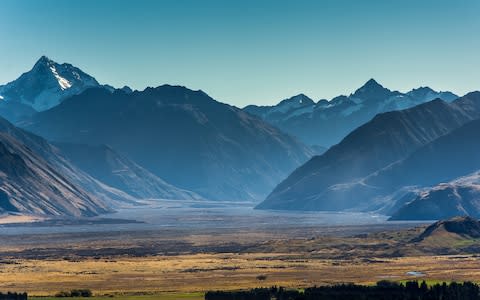
7. Lake Pukaki, Canterbury
Also known as: Laketown
Stunning Lake Pukaki was chosen as the location for Laketown in The Hobbit: The Desolation of Smaug. Glacial waters feed into the lake, giving it a vibrant blue colour.
An extensive outdoor set built for The Hobbit trilogy was created at Tasman Downs Station on the shores of Lake Pukaki, but it has since been dismantled. Let your imagination run wild instead.

8. Piopio, Waitomo
Also known as: Trollshaws Forest
This area in the Waitomo District provided the location for Trollshaws Forest and Staddles Farm, which feature in a number of scenes from An Unexpected Journey.

Denize Bluffs, a family-owned farm, was commandeered for filming on a few different occasions. The owners, Suzie and Warrick Denize, now run Hobbit-themed tours of their property, so you can picnic in the same spot where Bilbo was almost eaten by a trio of hungry trolls.
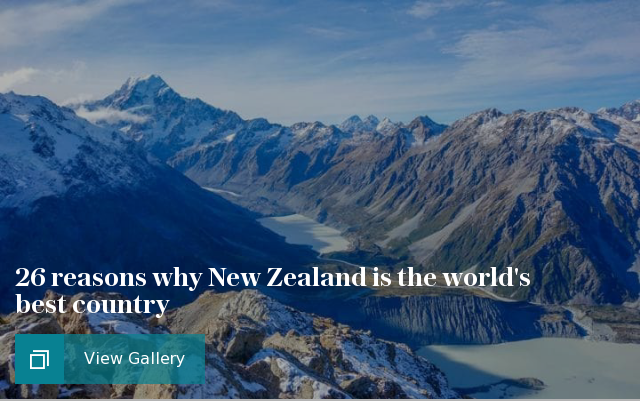
9. Pelorus River
Also known as: Forest River
Jackson chose the Pelorus River, at the northern end of South Island, to film the dwarves in barrels scene that appears in The Desolation of Smaug. Most of the scene was filmed in a studio, but the Pelorus is the real-life backdrop.
You can kayak on the rapids – which is considerably nicer than a barrel.

10. Mt Ruapehu, Turoa
Also known as: Hidden Bay
Mount Ruhapehu towers over the lowlands of the North Island’s great Central Plateau. The rocky slopes of the mountain were the setting for Hidden Bay, the entrance to the Lonely Mountain in The Desolation of Smaug.



